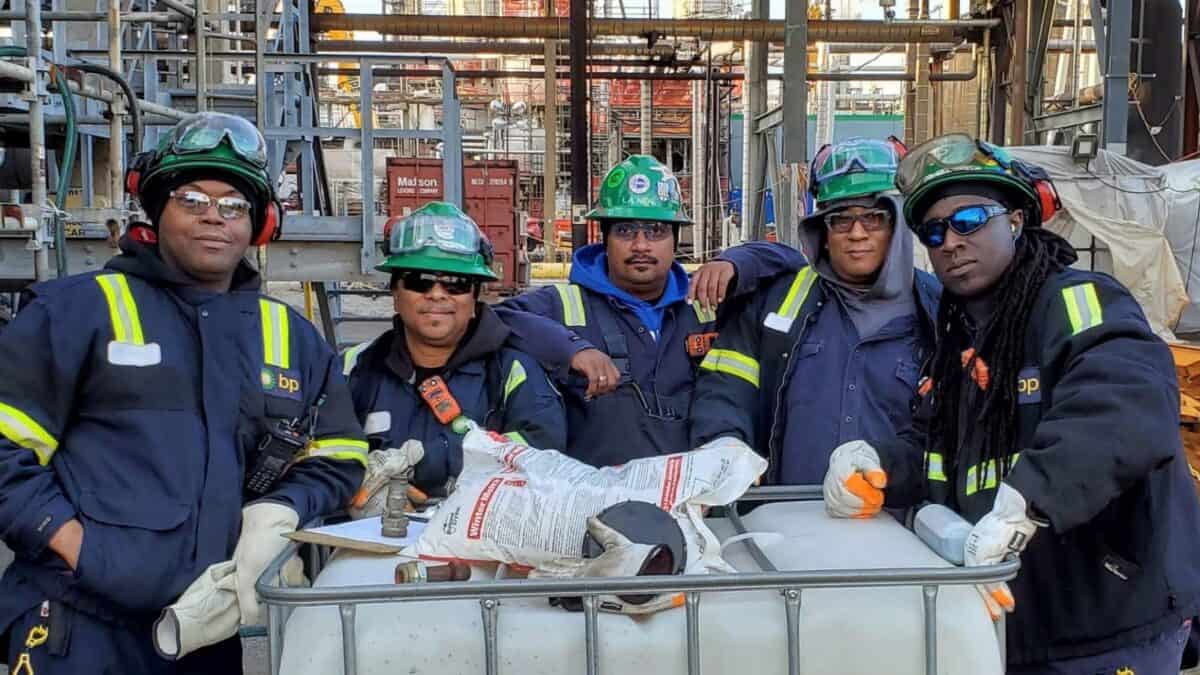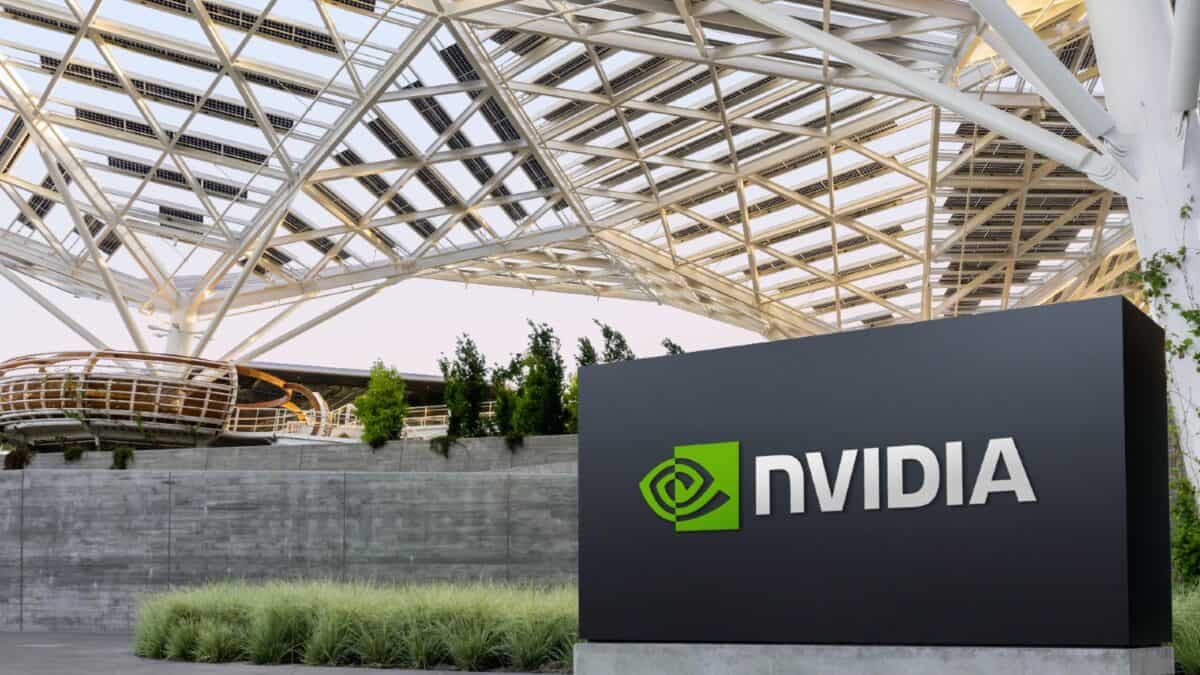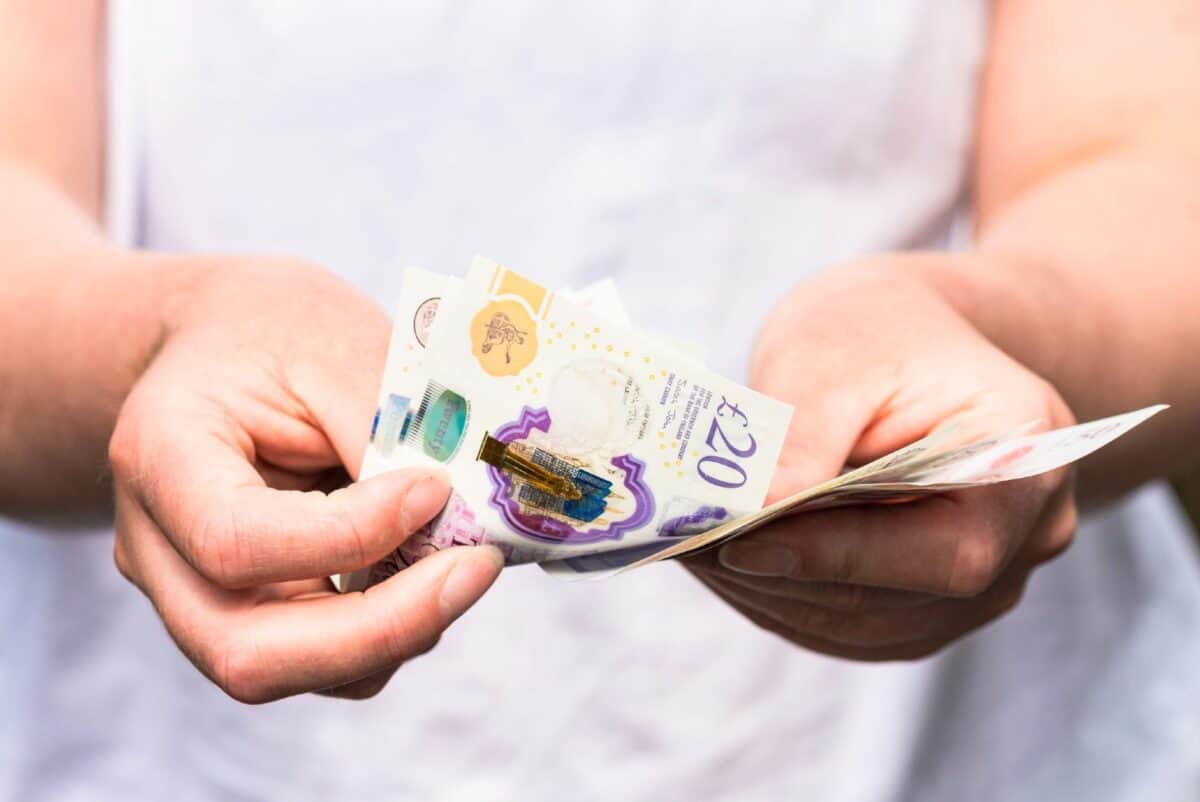The BP (LSE:BP.) share price is currently (28 June) around 15% lower than its 52-week high. Given that a barrel of Brent crude now costs $83 — compared to $95 in September 2023 — this doesn’t surprise me.
That’s because although the energy giant doesn’t just sell oil, the price of ‘black gold’ has a big influence on its financial performance.
The table below shows the average cost of Brent crude, as well as the net cash generated by BP from its operations, from 2018 to 2023. From a statistical point of view, these two variables have a correlation coefficient of 0.97. This means they are 97% matched.
| Year | Brent Crude ($ per barrel) | Net cash generated from operating activities ($bn) | Share price at 31 December (pence) |
|---|---|---|---|
| 2018 | 71.2 | 22.9 | 496 |
| 2019 | 64.3 | 25.8 | 472 |
| 2020 | 41.7 | 12.2 | 255 |
| 2021 | 70.9 | 23.6 | 331 |
| 2022 | 100.9 | 40.9 | 475 |
| 2023 | 82.4 | 32.0 | 466 |
Statisticians will caution that correlation doesn’t necessarily imply causation. But in this case I think it’s reasonable to assume that oil prices do impact on BP’s cash flow.
And there’s a 70% relationship between the price of oil and BP’s share price. Although less strong, this does show how investor sentiment towards the company changes in response to movements in energy prices.
Looking ahead
Despite the global move towards net zero, demand for oil’s still rising. According to the International Energy Agency, this is expected to peak in 2029 and fall thereafter.
In theory, this should bode well for the BP share price over the next five years. But it’s virtually impossible to accurately predict future oil prices.
There are so many factors involved that some academic studies have found that assuming tomorrow’s price will be the same as today’s, is more accurate than some more sophisticated forecasts.
And then there’s the Organization of the Petroleum Exporting Countries (OPEC). This cartel adjusts production to maintain the price of oil at a level that is acceptable to its members. It never publicly gives a target price but achieving a figure of close to $90 a barrel is often believed to be its objective.
Incidentally, OPEC believes the demand for oil will continue to rise long after 2029.
As a result of numerous economic, political and geographical influences, oil is often found to be one of the most volatile commodities around.
What does this all mean?
This tells me that I’d be silly trying to predict where the BP share price will be in five years time.
And because of this enormous level of uncertainty, I’d need a large dividend to compensate for the risk of holding a stake in the company.
For each of the last four quarters, the company has paid a dividend of 7.27 cents a share. At current exchange rates, this equates to an annual payout of 23.01p. Based on the company’s current share price, this implies a yield of 4.8%.
Although this is comfortably above the FTSE 100 average of 3.8%, I don’t want to own a stake in the company. There are other higher-yielding stocks around that don’t carry the same level of risk.
To sum up, I have no idea where the BP share price will be in 2029. Of course, I can’t accurately predict other stock prices either. But trends in non-oil markets are easier to spot. And BP’s financial performance is so reliant on the price of oil — a commodity whose price is notoriously difficult to forecast — that I’d rather invest my money elsewhere.
Credit: Source link














